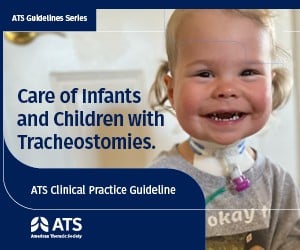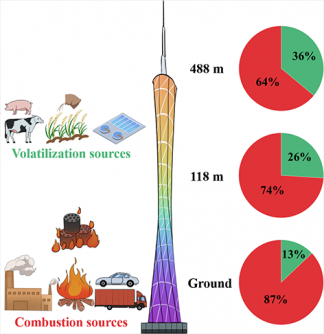UPDATE: New guidelines released today, October 22, 2025, by the American Thoracic Society (ATS) aim to assist parents and caregivers in making critical decisions about tracheostomy procedures for children. The guidelines are designed to ease the emotional burden faced by families dealing with this life-altering choice.
Why This Matters: The decision to proceed with a tracheostomy—a surgical procedure that inserts a tube into the windpipe—can significantly affect a child’s quality of life. According to Christopher Baker, MD, co-chair of the guideline committee and director of the Ventilator Care Program at Children’s Hospital Colorado, “A tracheostomy can save a life, lengthen a life, and improve quality of life. However, this is not always true.” This highlights the urgent need for clear guidelines to navigate such complex decisions.
The guidelines were published online today in the American Journal of Respiratory and Critical Care Medicine and serve as a crucial resource for pediatric pulmonologists and critical care specialists. They address six key questions and emphasize the importance of family involvement in care decisions.
Key Recommendations:
1. Apply ethical principles—beneficence, nonmaleficence, autonomy, and justice—when making decisions about tracheostomy placement.
2. Ensure an awake and alert trained caregiver is present with children at risk of immediate complications from tracheostomy procedures.
3. Conduct complete airway evaluations before attempting decannulation, including assessments of the nose, oropharynx, supraglottis, and trachea.
Emotional Insight: Crystal Costante, a panel member and mother of a ventilator-dependent child with a tracheostomy, expressed that the new guidance brings “hope and relief.” She emphasized the importance of family involvement, stating, “Clear and consistent guidance means that clinicians across different settings will have a shared understanding of what high-quality, family-centered tracheostomy care looks like.”
This is the first time the ATS has published clinical practice guidelines on tracheostomy care for children since releasing an official statement in 1999. The latest guidelines incorporate rigorous scientific methodologies and aim to address the challenges faced by families and providers alike.
Next Steps: Dr. Baker has noted that while the guidelines are designed for various healthcare settings, they may be challenging to implement in resource-limited areas. A follow-up study is planned to evaluate the applicability of these guidelines in such contexts.
With over 30 clinical practice guidelines published since 2016 on various pulmonary conditions, the ATS continues to be a leading authority in improving patient care across the globe.
The release of these guidelines marks a significant step forward in ensuring families are equipped with the necessary information and support to make informed decisions regarding their child’s tracheostomy care.
For more detailed recommendations, visit the ATS website.






